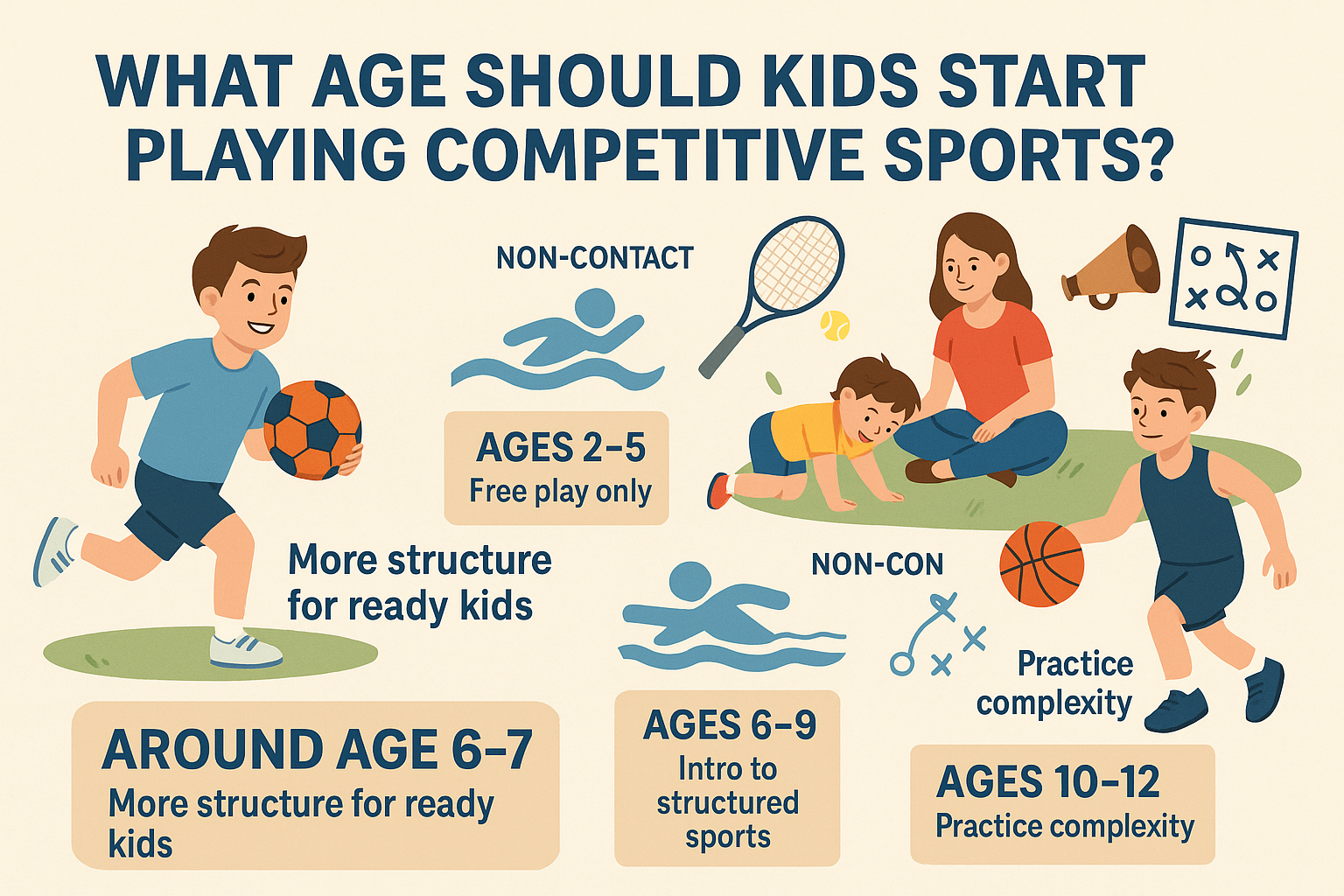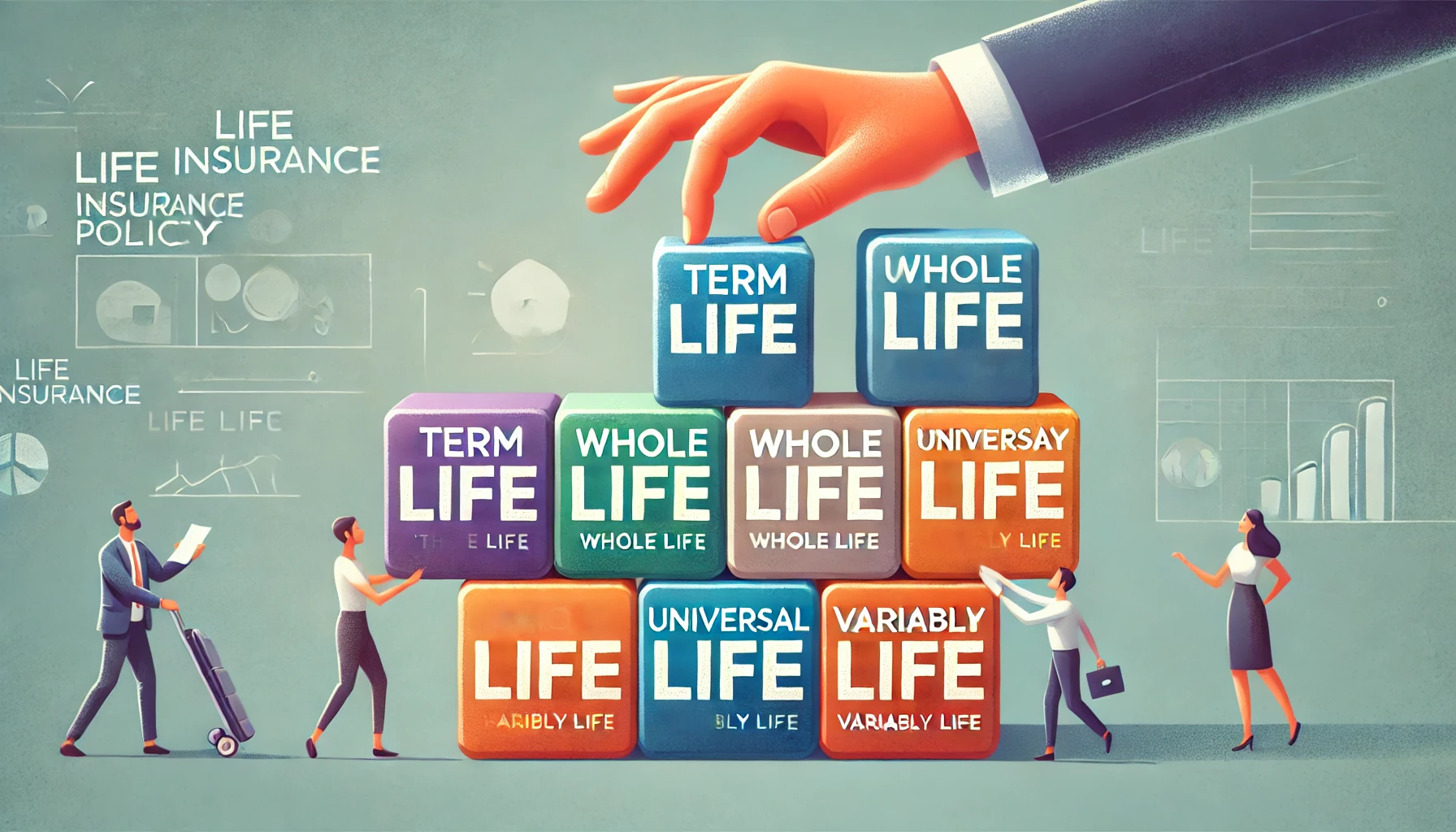Life Insurance 101: Types, Costs, and How to Choose the Best Policy
Life insurance is key to protecting your loved ones. It’s important to know the different types, costs, and how to pick the right one. This guide will cover the basics, including types, pricing, and tips for choosing the best policy.
Why Life Insurance is Important
Life insurance acts as a financial safety net for your family. It ensures they won’t face financial stress if you’re not there. It provides a lump sum payment to your loved ones.
Types of Life Insurance
Knowing the different types of life insurance helps you choose the right one for you.
1. Term Life Insurance
Offers coverage for a set period (e.g., 10, 20, or 30 years)
Premiums are lower than permanent policies
No cash value; pays a death benefit only if you pass away during the term
Great for those needing affordable, temporary coverage
2. Whole Life Insurance
Provides lifelong coverage with fixed premiums
Builds cash value over time, which can be borrowed against
More expensive than term life insurance
Best for long-term financial planning and estate benefits
3. Universal Life Insurance
Offers flexible premiums and adjustable death benefits
Includes a cash value component that earns interest
More control over policy terms compared to whole life insurance
Suitable for those needing flexible coverage and savings
4. Variable Life Insurance
Combines life insurance with investment opportunities
Policyholders can invest in stocks, bonds, and mutual funds
Offers potential for higher returns but comes with market risk
Ideal for individuals with investment knowledge seeking long-term growth
| Policy Type | Coverage Duration | Cash Value? | Premium Costs | Best For |
|---|---|---|---|---|
| Term Life | 10-30 years | No | Low | Temporary coverage seekers |
| Whole Life | Lifetime | Yes | High | Long-term financial planning |
| Universal Life | Lifetime | Yes | Flexible | Those needing coverage and investment growth |
| Variable Life | Lifetime | Yes | High (variable) | Experienced investors |
How Much Does Life Insurance Cost?
Several factors determine life insurance premiums, including:
Age: Younger individuals typically pay lower premiums.
Health Condition: Pre-existing conditions can increase costs.
Policy Type: Term life insurance is cheaper than permanent policies.
Coverage Amount: Higher death benefits lead to higher premiums.
Lifestyle Choices: Smokers and individuals with risky hobbies may face increased rates.
Tips for Choosing the Best Life Insurance Policy
1. Assess Your Needs
Figure out how much coverage your dependents need for expenses like mortgage, education, and daily living costs.
2. Compare Multiple Providers
Different insurance companies offer varying rates and benefits. Use online tools or consult an insurance agent to compare options.
3. Choose the Right Coverage Amount
A general rule of thumb is to get coverage equal to 10-15 times your annual income.
4. Look for Riders and Additional Benefits
Some policies offer riders such as critical illness coverage, waiver of premium, or accidental death benefits.
5. Review the Policy Terms Carefully
Ensure you understand exclusions, renewal options, and potential rate increases before committing.
Final Thoughts
Life insurance is a crucial step in securing your family’s financial future. By understanding the different types, costs, and factors that affect premiums, you can choose a policy that best fits your needs. Take the time to compare options, assess your coverage requirements, and consult with a financial advisor if necessary.
FAQs
1. What is the best type of life insurance for young adults?
Term life insurance is often the best option for young adults due to its affordability and simplicity.
2. Can I change my life insurance policy later?
Yes, many policies offer conversion options, allowing you to switch from term to permanent insurance.
3. How much life insurance do I need?
A good rule is to aim for 10-15 times your annual income, but it depends on personal financial goals.
4. Is life insurance taxable?
Generally, death benefits are tax-free, but some policies with cash value components may have tax implications.
5. What happens if I stop paying premiums?
For term life insurance, coverage ends. For permanent policies, unpaid premiums may be deducted from the cash value until it runs out.














